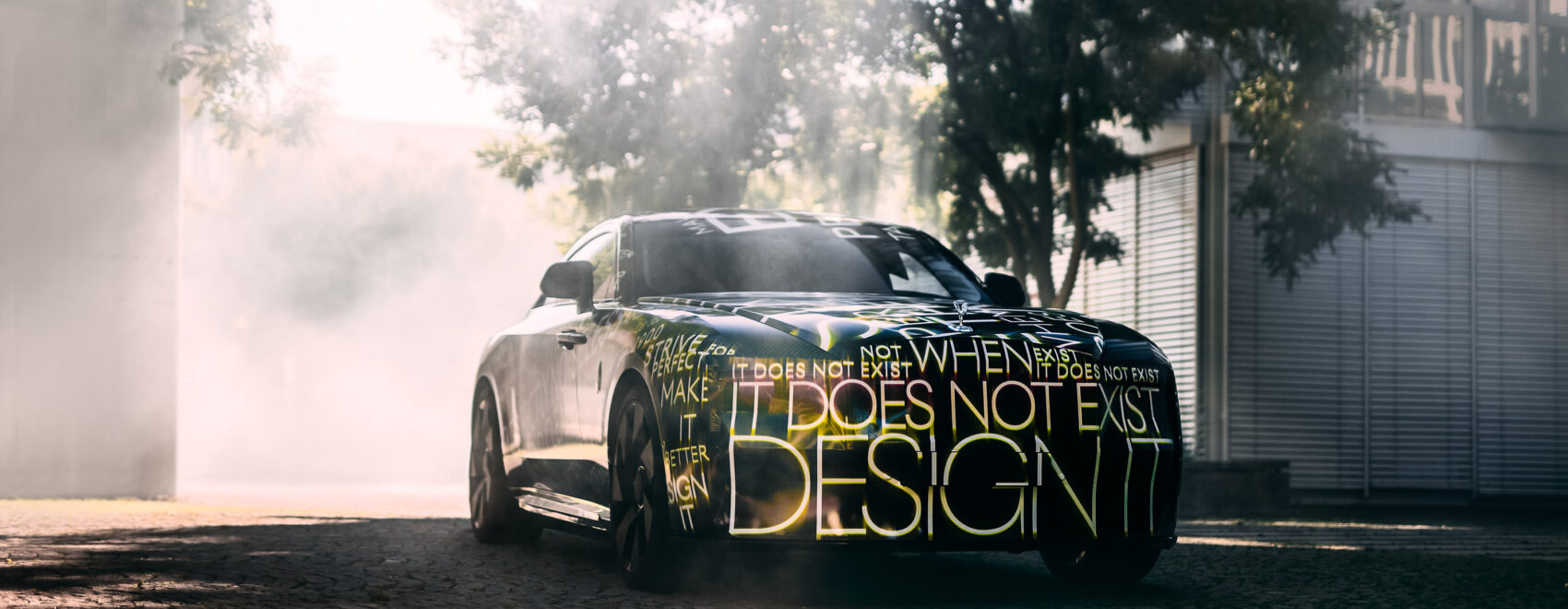The private hire sector, like the rest of the automotive market is moving towards electric power. With all-electric vehicles (EV) like the Mercedes-Benz EQV starting to become available, some pioneering chauffeurs are embracing these new electric rides.
Hybrid powered chauffeur driven cars have been available for about 15 years. In fact iChauffeur were the first to offer luxury Lexus hybrid limousines on the streets of London, with the launch of our “Eco-Chauffeur” service.
The move to all-electric powered limos is inevitable. But all-electric vehicles have an achilles heel. It’s called the battery.
With internal combustion engines (ICE), chauffeurs did not have to worry too much about fuel. Petrol stations are everywhere. Filling up is done in an instant. A full tank of petrol would suffice for most journeys. Not so with electric power.
The Electric Chauffeur
The chauffeur of an electric vehicle (EV) needs to do their homework. Route itineraries and stop points need researching. Where are the charging points? Is rapid charging available? Also, it is not un-common for rapid charging points to be faulty or just busy. So planning backup charging locations are always a good idea.
In the last few months our chauffeurs have adapted well to these new challenges. We have not had a single vehicle run out of juice.
Our clients are welcoming this silent electric power too. Many of those who were first to choose hybrid powered chauffeur cars, are also keen to use these electric limousines.
Charging Tips
There are many resources available online to help with the fledging electric motorist. Tips on charging for optimum battery life and range can help extend the range of the vehicle.
Things like driving slower, parking in the shade on very hot days etc can really make a difference.
The history of electric chauffeur-driven vehicles
Thomas Parker, who electrified the London Underground, built the World’s first production electric car in 1884.
The first Porsche was electric, Ferdinand Porsche invented the first electric bicycle in 1893. Mercedes built their first EV in 1906. The father of Land Rover, who make the Range Rover made one of the first electric cars. He also was the inventor of the modern bicycle (the second ever “Rover” was the Rover Safety Bicycle).
Bersey Electric Taxi
Electric vehicles are nothing new. Neither are electric cabs. In 1897 London first heard the sound of Hummingbirds on the streets.
The Bersey Electric Taxi offered Mulliner crafted coach-built luxury. But because of the limitations of the batteries and poor reliability the service only ran for a few years.
These vintage EV’s were extremely heavy. The roads were not so smooth either. Reliability was atrocious. This combined with their poor range made them impractical.
It was internal combustion engined vehicles that would come to dominate the roads. They were cheaper to buy, much lighter and their range was far superior.
A century later, we are at a point where we know ICE vehicles are not sustainable. The only exception being hydrogen powered vehicles, if the infrastructure allowed. So for the immediate future it is EVs which are the future of motorised transport. The drive to electric chauffeur cars has begun.
With hybrid Mercedes S-Class and Range Rover limos, plus the Mercedes EQV all-electric people carrier/van, luxury eco-friendly chauffeur-driven vehicles are a reality. But what about the super-luxury sector?
The electric Rolls-Royce
Introducing Spectre, the first all-electric Rolls-Royce. With the Goodwood manufacturer beginning on-road testing of the super-luxury electric limo commencing, we will soon see if they can continue making the best cars in the world in the electric era.
In some aspects, the eco-friendly Rolls-Royce already exists. Their Goodwood factory has a living roof, all aluminium for the space framed chassis of the latest cars is produced from hydro-produced sources. However when you consider that up to 75% of Rolls-Royce cars produced since 1904 are still on the road, you can see how different a Rolls-Royce is compared to a regular car. Modern cars are designed only for a decade or two at best. A Rolls-Royce will last forever.
In fact you can drive an electric Rolls-Royce today. There are several companies which fit modern electric drive systems to vintage Rolls-Royce, Bentley and Aston Martin cars.
Sustainability
Since we started we have been driven to offer the most sustainable travel available. Our chauffeurs are all experienced, licensed professionals, and skilled in the art of driving safely, smoothly, and economically. Which not only helps preserve the ancient sunlight stored in their fuel tanks, but reduces tyre and other wear and tear.
We are committed to providing the best, most eco-friendly ground transportation available. Step into one of our electric or hybrid luxury chauffeur vehicles and experience the future of luxury chauffeur-driven travel, today.
